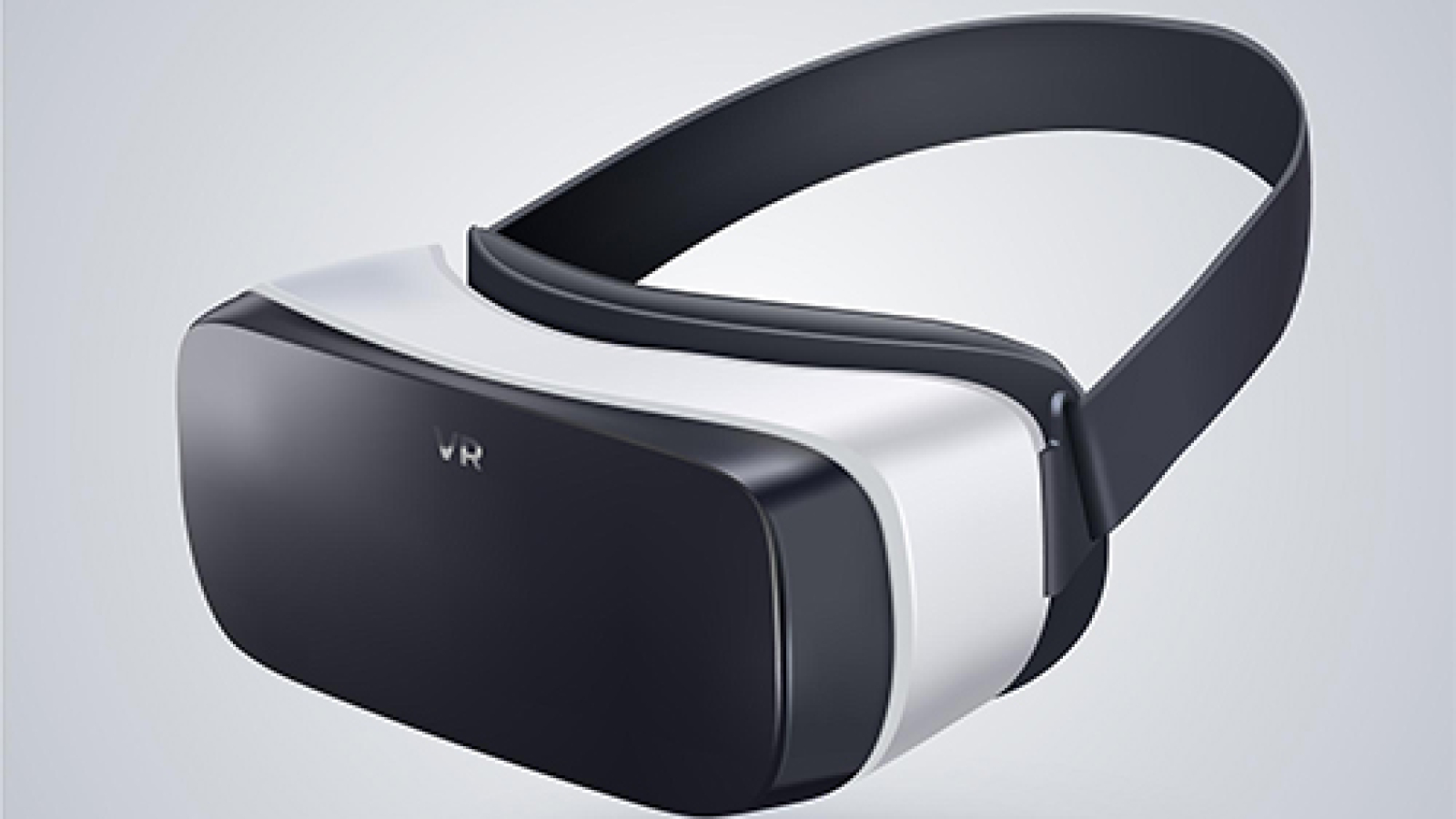MIT researchers have built an augmented reality headset that gives the wearer X-ray vision.
The headset combines computer vision and wireless perception to automatically locate a specific item that is hidden from view, perhaps inside a box or under a pile, and then guide the user to retrieve it.
The system utilizes radio frequency (RF) signals, which can pass through common materials like cardboard boxes, plastic containers, or wooden dividers, to find hidden items that have been labeled with RFID tags, which reflect signals sent by an RF antenna.
The headset directs the wearer as they walk through a room toward the location of the item, which shows up as a transparent sphere in the augmented reality (AR) interface. Once the item is in the user’s hand, the headset, called X-AR, verifies that they have picked up the correct object.
When the researchers tested X-AR in a warehouse-like environment, the headset could localize hidden items to within 9.8 centimeters, on average. And it verified that users picked up the correct item with 96 percent accuracy.
X-AR could aid e-commerce warehouse workers in quickly finding items on cluttered shelves or buried in boxes, or by identifying the exact item for an order when many similar objects are in the same bin. It could also be used in a manufacturing facility to help technicians locate the correct parts to assemble a product.
“Our whole goal with this project was to build an augmented reality system that allows you to see things that are invisible — things that are in boxes or around corners — and in doing so, it can guide you toward them and truly allow you to see the physical world in ways that were not possible before,” says Fadel Adib, who is an associate professor in the Department of Electrical Engineering and Computer Science, the director of the Signal Kinetics group in the Media Lab, and the senior author of a paper on X-AR.


Add a Comment